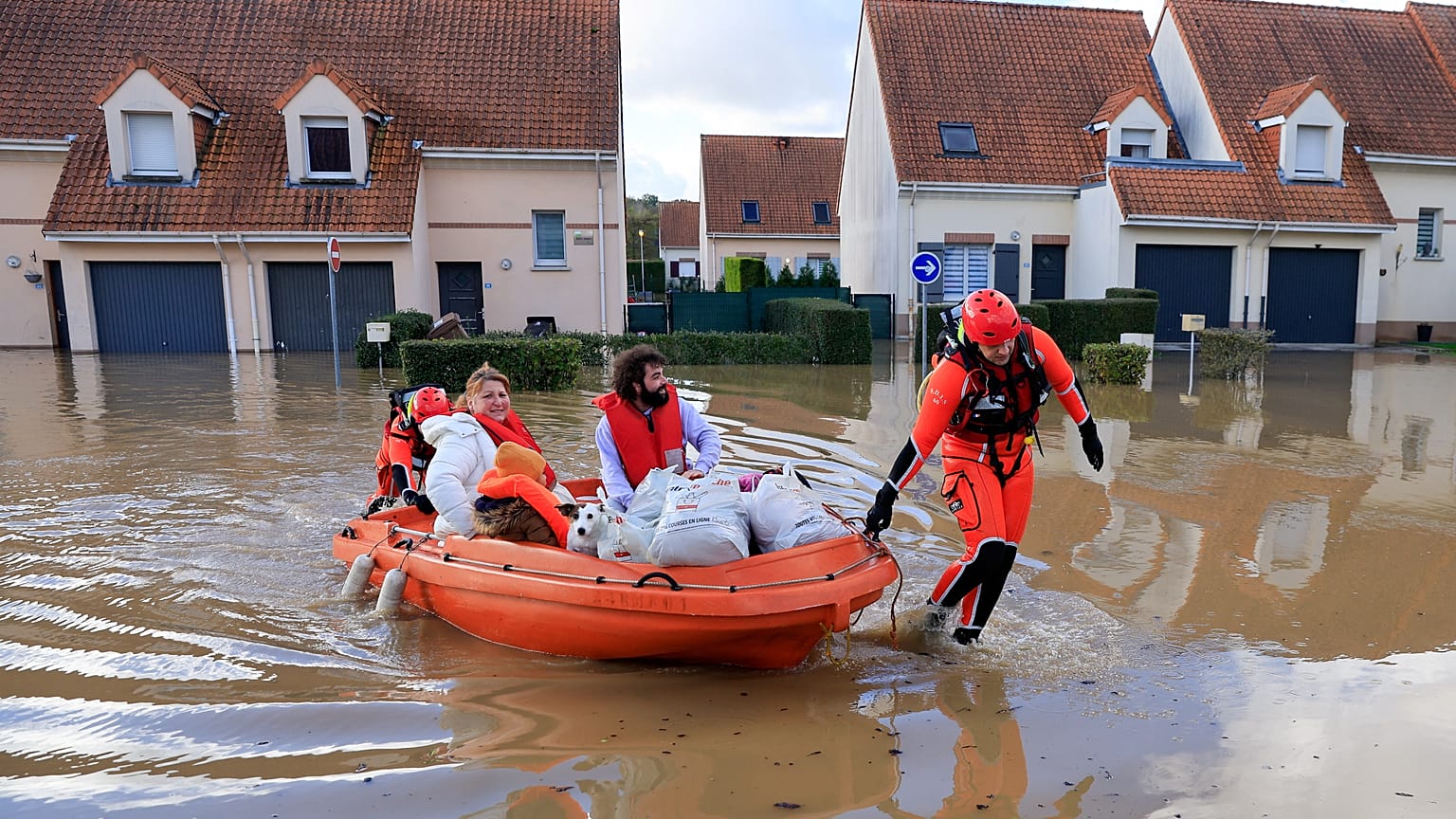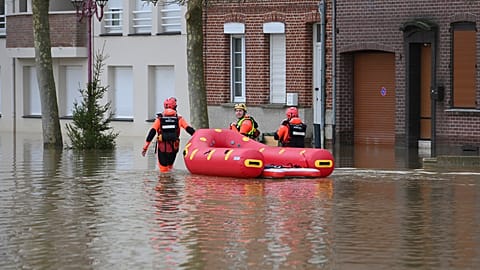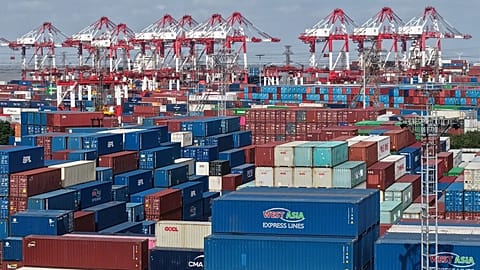The different weather-related disasters France has seen this year paint a pessimistic landscape for insurance prices in 2024.
Storm Frederico has arrived in France, bringing winds of over 100km/h.
Northern regions are on standby for torrential rain, with storms and even floods expected in other parts of the country.
Frederico follows hot on the heels of Storm Ciarán, which swept the north-western French coast a couple of weeks ago causing considerable damage. Across Europe, the death toll reached 16.
The north of France saw severe flooding, with 130 municipalities impacted.
According to estimates published by the French insurance federation France Assureurs, Storms Ciarán and Domingos caused some €1.3 billion worth of damage, making it one of the largest storm-related financial losses in France.
"Ciarán and Domingos already rank fifth among the most devastating storms in mainland France", the insurance federation said.
One of the big questions facing French households and businesses now is whether these extreme weather events will lead to a rise in insurance prices.
How are insurance premiums calculated?
To understand how climate change and extreme weather impact insurance premiums, it’s important to get to grips with how they are calculated.
Premiums are an amount paid periodically to the insurer and can be broken down into risk assessment, security provision, running costs, and taxes.
So, insurance prices are dependent on several factors that impact these variables. This includes the frequency and the scale of weather-related events.
To work out their prices, insurance companies use projections, based on data published by meteorological institutes, for example.
The amount being paid out in compensation has risen, according to the French Federation of Insurance Companies in a 2021 report.
It said that while the average yearly compensation was €2 billion between 1990 and 2009 (excluding 1999 due to storms), the average was up to €2.8 billion between 2010 and 2019.
And this trend doesn’t appear to show signs of stopping anytime soon: Last year was an unprecedented year for the world’s climate, with severe drought and fires across Europe, but 2023 is set to top it.
The knock-on effect would be a rise of 6 to 7% on average for home insurance in 2024, according to the consulting firms Facts & Figures and Addactis quoted by the French radio RMC.
France’s insurance risk task force
The Bank of France's initial assessment in 2021 of climate change’s financial risks indicated that the most vulnerable French regions could experience a two to fivefold increase in natural hazards.
Premiums would rise by 130% to 200% by 2060 to cover these losses, according to the central bank - in terms of insurance prices, that’s an increase of between 2.8% and 3.7% per year.
The French government is taking the issue very seriously. Bruno Le Maire and Christophe Béchu - respectively France’s economy and ecological transition ministers - launched a task force in May to look into the insurability of climate risks.
As the costs of compensation could reach €70 billion over the next three decades, the French government wants “to guarantee the sustainability of the natural disaster compensation system”, calling it a “key resilience tool”.
The task force is due to present its recommendations to ministers in December 2023.
Vulnerable households left without insurance
Rising insurance rates as a result of severe weather aren’t just an issue in Europe.
Across the Atlantic, there’s a worrying trend regarding insurance companies: Homeowners are struggling to get protection amid climate disasters.
Following the wildfires in California, State Farm Insurance - the biggest insurance provider in the US - said in May that it would“ cease accepting new applications including all business and personal lines property and casualty insurance” for the whole state. And it wasn’t the only one.
People in other states hit by climate disasters like Louisiana and Florida have also struggled to afford policies, reported the Washington Post.
In France, insurance is mandatory for tenants and co-owners.
Moreover, reinsurance - insurance for insurance companies - is a partnership between the state and these companies that seeks to limit the risk associated with the emergence of uninsurable zones.
However, the fund has been in deficit since 2015 and is lobbying for an increase in financial contributions.


















